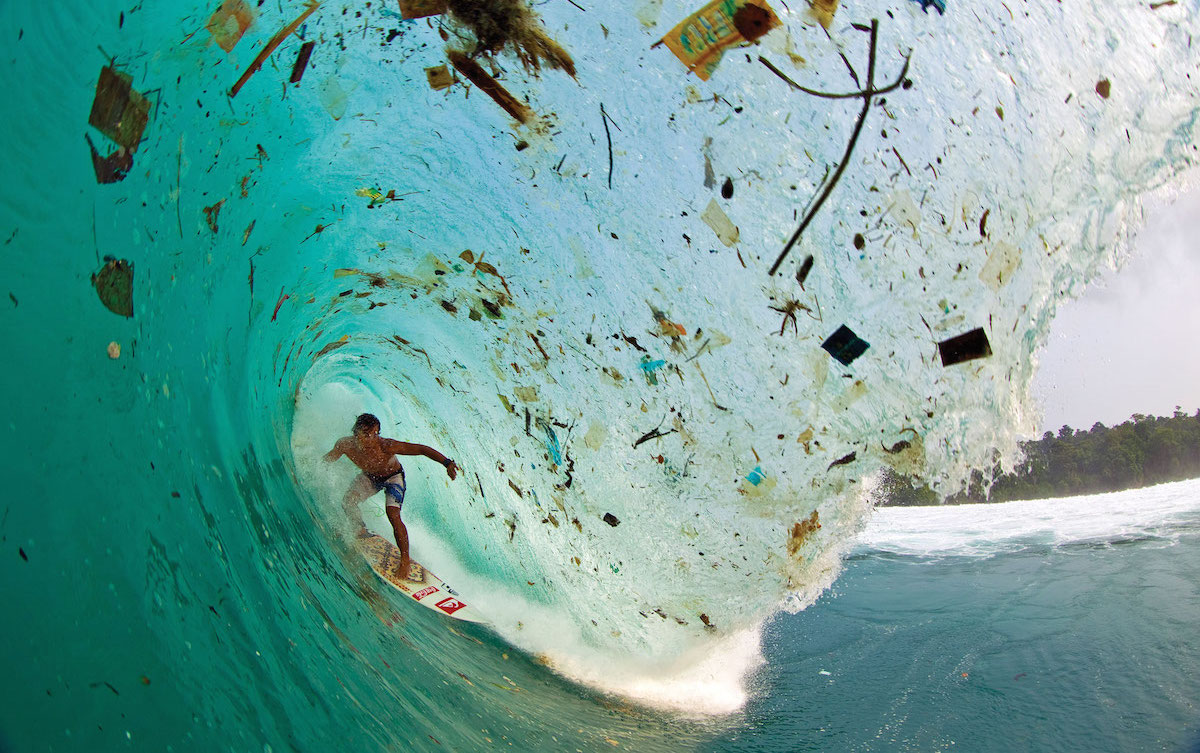
California has led efforts to reduce the flow of plastics to our waterways. In 2015, Governor Jerry Brown signed the nation’s first statewide plastic bag ban. In January 2016, the State Water Board’s Trash Policy went into effect, setting a goal of no trash present in our waterways by 2030. More recently, a proposed bill would prohibit restaurants from providing plastic straws to consumers unless requested. However, a new, highly toxic and invisible source of plastic – microfibers – is emerging as a widespread and detrimental pollutant in our inland and coastal waters and our drinking water.
Microfibers, tiny strands of plastic less than 5 millimeters in length, are the product of a variety of synthetic textiles – from your running shorts to your favorite fleece. With every wash of laundry, microfibers are released from our clothing and sent out to our waterways.
Each year, an estimated one million tons of microfibers are discharged from wastewater treatment facilities into the world’s oceans, rivers and lakes. There, microfibers are ingested by marine life, causing starvation or reproductive harm, and are carried through the food chain and into the seafood consumed by humans. Moreover, synthetic microfibers do not biodegrade, and can bind with chemical pollutants in the water before making their way up the food chain.
These tiny plastics also end up in our tap: 94 percent of the drinking water in the United States now contains microfibers. Bottled water is no better, with 90 percent of the top brands containing microfibers, often in higher concentrations than tap water. Despite the ubiquity of microfiber pollution, the broader ecological and human health implications are unknown.
Research on microfiber pollution is emerging, but the problem is not new: microfibers can already be found in remote environments as far as the deep sea. We need to be proactive to identify solutions and address the point sources of microfiber pollution, from manufacturers to washing machines to wastewater treatment plants. California has a demonstrated commitment to reducing plastic pollution, and we should lead the way to address the threat of microfibers to our waterways, marine life, and human health.

Associate Director Natalie Caulk provides operational leadership and manages the ongoing implementation of programs and partnerships of CCKA.



